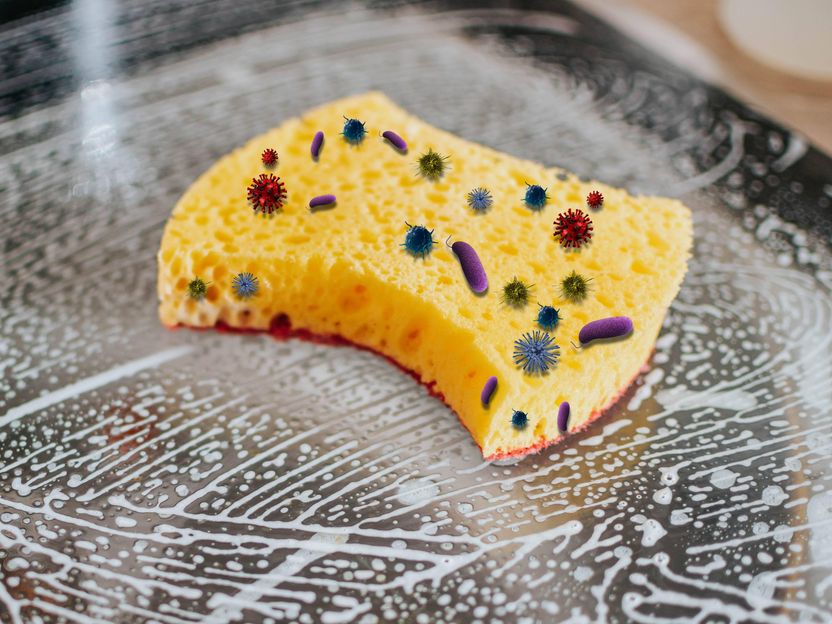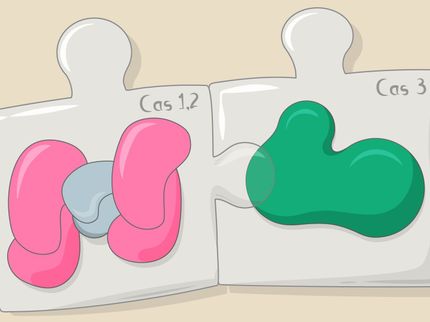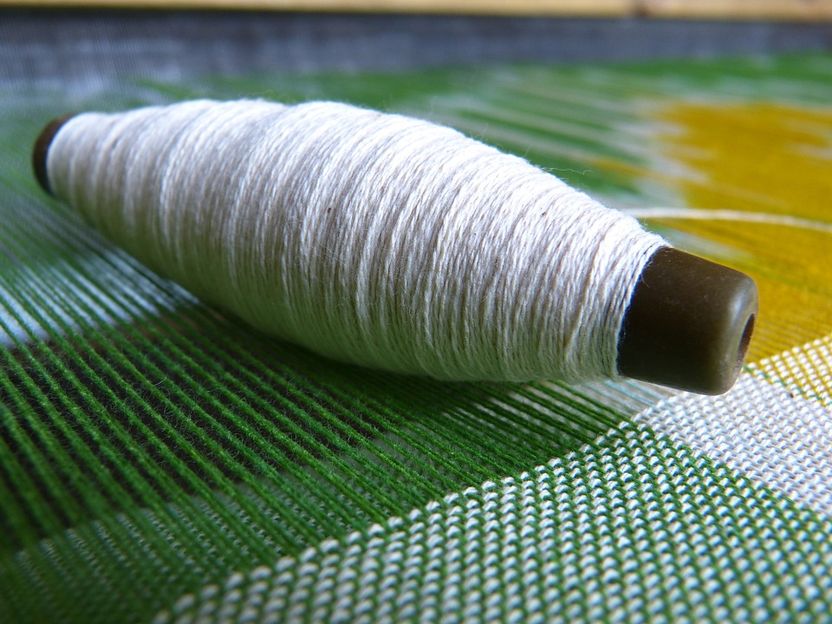Tracking down minorities in kitchen sponges
First study on non-bacterial microbiota in used kitchen sponges
Advertisement
With up to 54 billion bacteria per cubic centimetre, used kitchen sponges have one of the densest populations of microbes of all household utensils. Despite their popularity, in reality dishwashing sponges make little sense as kitchen cleaning utensils from a hygiene point of view since they can also contain pathogens such as salmonella or campylobacter bacteria.

Symbolic image
Unsplash/pixabay.com
“The focus of previous studies on the microbiology of kitchen sponges was on bacteria. However, there are a whole range of other microorganisms, such as archaea, fungi, protozoa, algae and, of course, viruses. Until now little was known about their presence in the ‘kitchen sponge bug hotel’,” explains Prof. Dr. Markus Egert, who lectures on microbiology and hygiene on the Schwenningen Campus of Furtwangen University.
To gain an initial overview of the non-bacterial kitchen sponge microbiota and its relevance for kitchen hygiene, in a pilot study a so-called shotgun metagenome analysis was carried out on five used dishwashing sponges. This involved extracting all the DNA from a sample, sequencing it, then using the gene fragments found to identify the organisms present.
“Our study proved conclusively that bacteria are indeed the bosses in the kitchen sponge with 98% of all DNA sequences found being assigned to this group of microorganisms,” reports Professor Egert. The second most common (1.6%) were sequences of eukaryotic organisms, i.e., organisms with a true cell nucleus. Among them were genes from fungi, algae and animal protozoa such as amoebae. However, the majority of these DNA elements came from food residues that were presumably picked up by the sponge during cleaning.
Only 0.14% of the gene sequences were assigned to viruses. The 56 genera discovered were all bacteriophages, i.e., viruses that reproduce in bacteria. Each of the five sponges tested had a highly individual virus community. The fewest sequences (0.007%) were found in archaea. Archaea are a sister group of bacteria which, like bacteria, do not contain a true nucleus. Individual groups are characterised by special metabolic capabilities, such as the ability to produce methane, a greenhouse gas. “In fact, we were able to detect the DNA of a methanogenic archaea in sponges. However, whether kitchen sponges, like other wetland biota, also produce significant amounts of methane, remains to be seen,” explains Egert with a grin. Halophilic (salt-loving) archaea, typically found in salt lakes but also found on human skin where they can defy the salinity of sweat, were the most commonly found.
“From the point of view of hygiene, we can give the all-clear after our study. It does not appear that the non-bacterial microbiota of a kitchen sponge pose any particular health risks,” concludes Egert. “From a biological point of view, it is nevertheless extremely interesting and can contribute a great deal to our understanding of the kitchen sponge ecosystem. The bacteriophages could, for example, control the composition of the bacterial communities in the sponge or promote gene exchange between bacteria. To better understand such processes, more sponges would have to be studied and the analytical methodology would also need to be extended to include RNA molecules so that both RNA and DNA viruses can be detected,” says Egert, looking to the future.
The new study was carried out by a team of researchers from Furtwangen University and the Justus Liebig University in Gießen (Germany). It was published in the scientific journal “Archives of Microbiology“ with the title “Minority report: small‑scale metagenomic analysis of the non‑bacterial kitchen sponge microbiota”.



















































